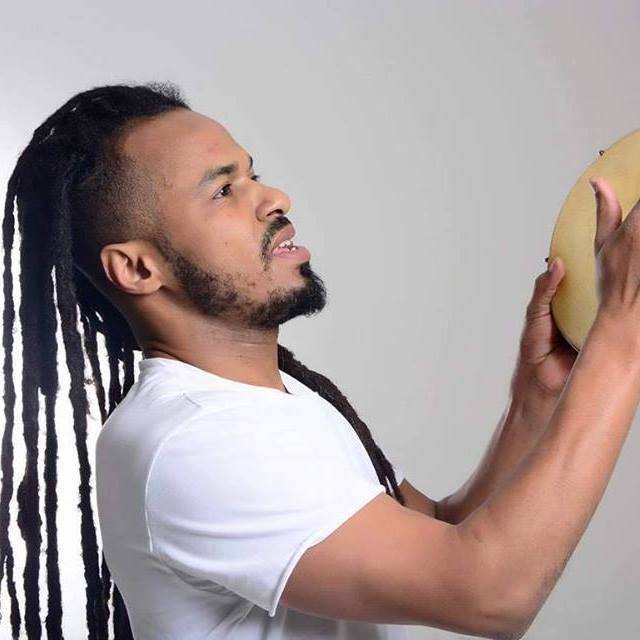
Centro Cultural Senzala London is celebrating its 15th anniversary this year.
To celebrate, we’re posting a series of interviews with our teachers so you can get to know them a bit better.
Here’s the final interview (part 1) with Contra Mestre Julio Sanhaço, shortly before his formatura to become a master.
– When and where did you start training capoeira, and why?
I first saw capoeira when I was probably 12 years old in Angra dos Reis. I really wanted to practice it in the academy but there were too many kids there. At the same place they had karate so because I was interested in martial arts I trained karate until green belt even though my friends were parcticing capoeira. I was also keen on football at this time. Later the numbers dropped so I could start training capoeira when I was 12 or 13.
I went back to capoeira when I was 19 living in Rio but not in an academy – we played on the beach with my friend Marla who is now a master. We went surfing too, and would do ginga and some movements to warm up on the beach, and we saw other people play capoeira too. I was missing capoeira so I went back to Angra dos Reis to Grupo Senzala. The teacher Prof. Adriano was a student of Mestre Abutre as well as Mestre Peixinho. As I lived in Rio I often went there to visit my friends in Angra dos Reis. I also visited Mestre Ramos in Bangu in the west of Rio and would later visit Mestre Peixinho since my white or yellow belt in the beginning.
The teacher I started with moved to São Paulo, and as I was already hooked on capoeira and I liked the group and Mestre Peixinho, I wanted to carry on. I met Mestre Flavio and Mestra Nega, and trained with them in São Paulo. When I was an orange belt I told Mestre Peixinho that I needed guidance as I didn’t want to leave the group. He said to carry on training with Mestres Deco and Abutre, and wherever I could find Senzala, and I would be under his supervision; he would guide me and look after me. In 1999 I travelled abroad for the first time, to Europe. I went to Denmark to visit Mestre Rui’s batizado (who was a purple belt back then) and Mestre Steen at his school.


– When did you start teaching?
Around the age of 24 I decided to move to Germany – I’d been practicing capoeira for five years by then. Mestre Peixinho gave authorisation that I could instruct capoeira classes, because I had already been helping my friend in Angra dos Reis with his classes. I was an orange belt at this point, almost getting my grey belt. So I moved to Germany to be with my sister and I started to teach my own class for the first time. I spent six months there, then went back to Brazil and started a group in Ilha Grande in 2000.
When I returned to Brazil, it was very difficult to run the school in Ilha Grande at the beginning but I managed to keep it going. I was there from 2000 to 2004/5. The reason why I decided to teach there was because I had been visiting Ilha Grande since I was young.
In 2001 I also spent three months in Amsterdam and met Mestres Samara and Grilo.
– What does your capoeira name Sanhaço mean, and who gave it you and when?
I was new in class and my capoeira friends gave it to me one day when we were on our way to class. We were at the waterfall in Angra dos Reis picking some fruit, and I was the last one to leave the hill. They started to shout at me from below, “Julinho, we’re late – let’s go! You’re up there like a bird, like a Sanhaço!” My hairstyle at that time was also similar, with short spiky dreads in curls, and shaved sides.
I didn’t like the name but they told our teacher straight away when they got to class and it stuck. Later I started to like it, as it could have been worse. Many people have compared it with how I sing too, so it’s good to be named after a bird.

